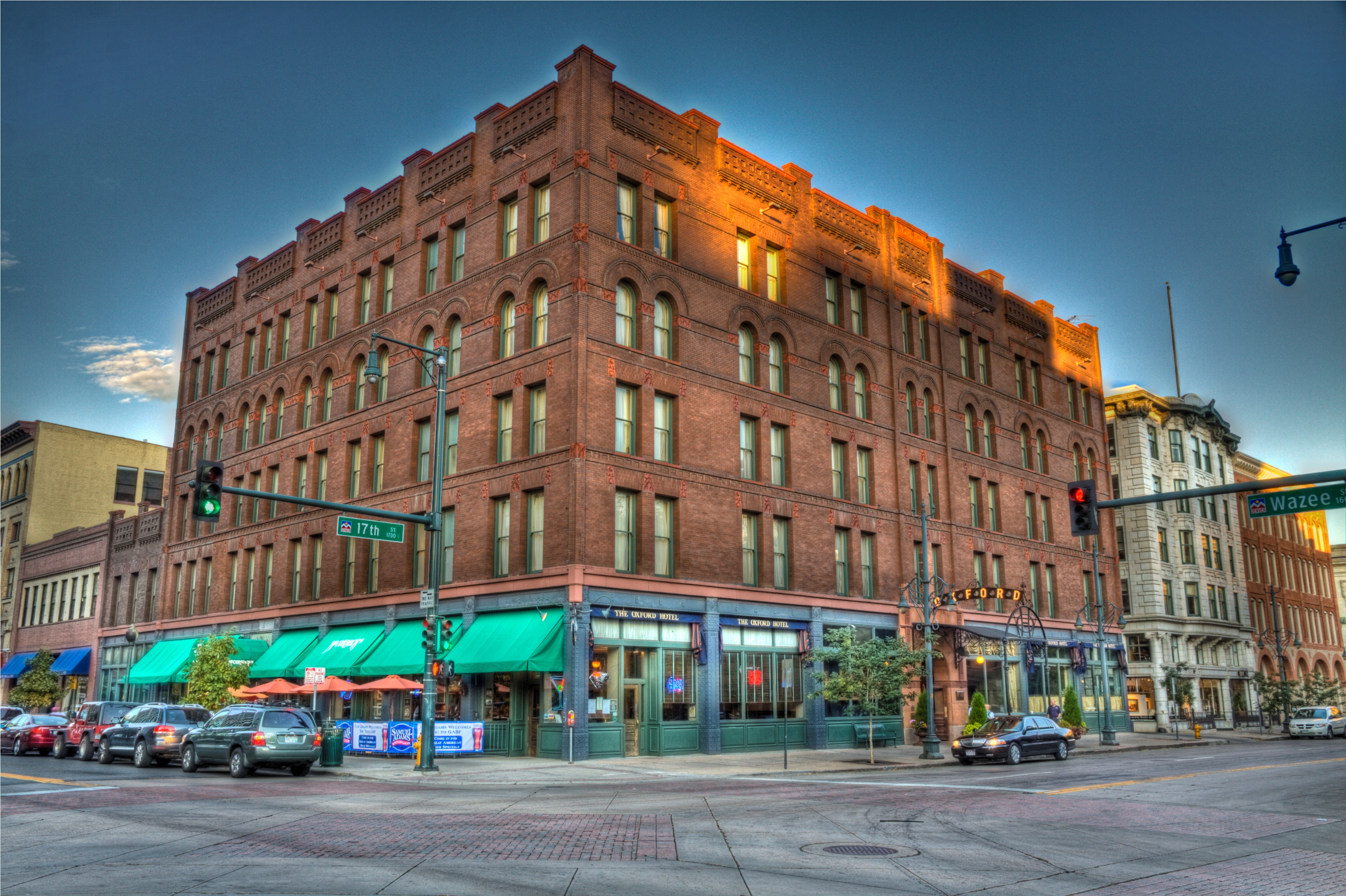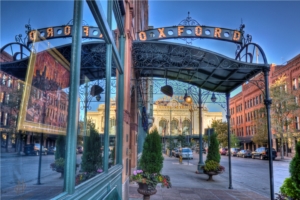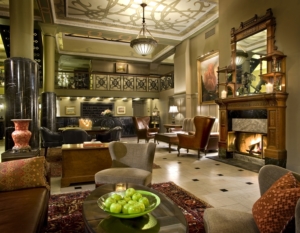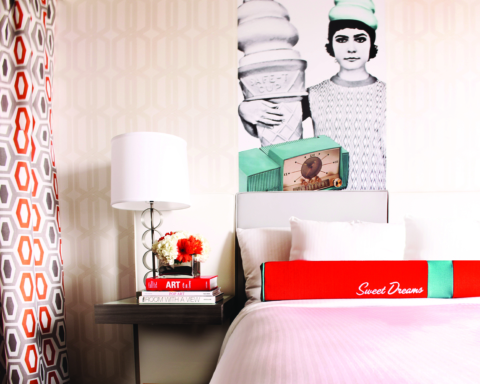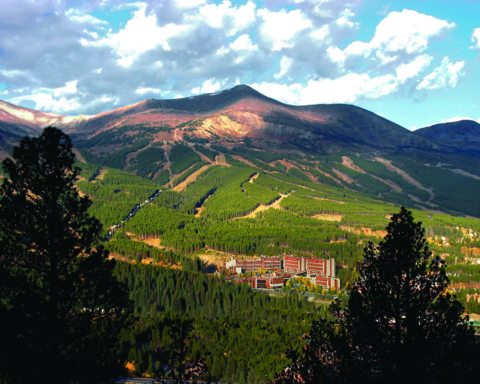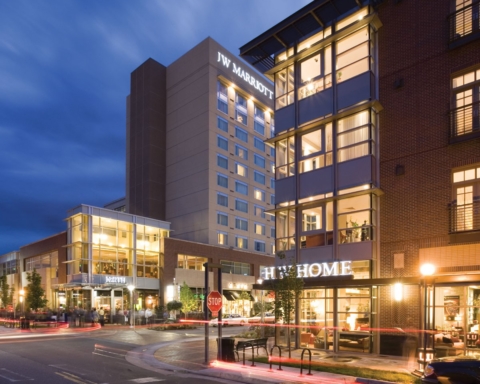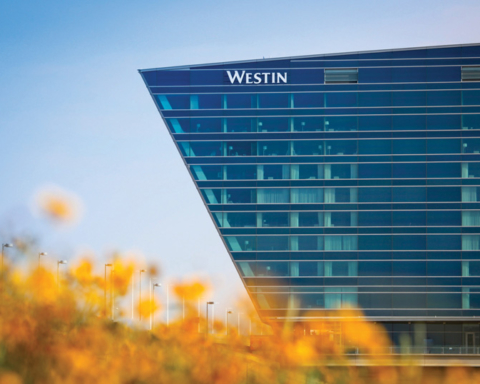Long Live The Oxford
The Oxford Hotel continues to shine as a beacon of luxury and hospitality greeting all of Denver’s visitors.
by Catherine Adcock
Recessions, Depressions, World Wars — through it all, the Oxford Hotel has unfailingly greeted Denver’s guests arriving through the Welcome Arch, providing a beacon of luxury, opulence and first-rate hospitality throughout the years, just as it did when it opened in 1891.
In the years prior to the Oxford’s opening, Denver underwent a major transformation, making a first-rate hotel a necessity. Railroads arrived in 1870, bringing new residents who would transform the small mining town into a bustling regional metropolis. The city’s maturation commanded attention from the larger country, drawing visitors from all over. Now the third-largest city in the West, Denver needed a hotel accessible to Union Station, the arrival point for all coming to the city.
Adolph Zang — a beer magnate whose Zang Brewing Company was the biggest pre-Prohibition producer in the Rockies — invested in the idea, and the hotel opened on Oct. 3, 1891.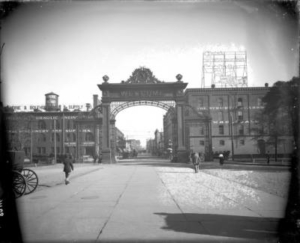
At that time, the Oxford boasted the latest in technology. A “vertical railway,” a novelty now better known as an elevator, ferried passengers between floors. The hotel’s very own power plant provided steam heating and electric lighting, another new invention. But the opulence did not stop with gadgets. The hotel’s classic façade humbly concealed overwhelming luxury inside. The finest in custom-made engraved glassware and Haviland China topped dinner tables. Guests enjoyed light and air throughout all the rooms, which had been wrapped around a light well. Antique oak furniture, stained glass, marble and silver adorned the interior, greeting every guest with simplicity and beauty.
What truly set the hotel apart, however, was its ability to meet every guest’s needs conveniently. The hotel housed dining rooms, a barber shop, a library, a pharmacy, a Western Union office, stables and a saloon — serving Zang brews, of course. A guest could check in and never have to leave the building.
Built just two years shy of the Silver Panic of 1893, the hotel faced an uncertain future as Denver suffered through the ensuing economic recession. But the Oxford didn’t just survive the troubled time, celebrating its 10th anniversary in 1901, the opulent building actually thrived. By 1902, manager Calvin Morese reported that the hotel hosted 35,000 guests per year and often had to turn away guests — no wonder a new annex on Wazee Street opened in 1903.
The year 1906 brought with it plenty of changes as directed by new managers Charles B Hamilton and James L. Brookes. The hotel’s mezzanine, still recognizable today, with its monogrammed OH iron banister and marble wainscoting, dates to this time. Responding to increasing demand, the hotel opened a five-story annex on 17th Street in 1912
In the 1930s, the Oxford enjoyed a remodel giving it the latest in art deco designs. In the Cruise Room, Denver’s first post-Prohibition bar, one could find hand-carved art deco panels by artist Alley Henson toasting the repeal of Prohibition. One can still see these panels, beautifully restored, today.
Crowds flooded the streets in front of the hotel to greet President Herbert Hoover as his train pulled in to Union Station in 1932. War arrived again, and the Oxford opened its doors to trainloads of soldiers. In the ensuing years, Denver enjoyed a renaissance; it became a Sun Plain boom town, home to tourism, federal offices and energy firms.
The only thing the Oxford could not withstand, given its proximity to Union Station, was a decline in train travel, which occurred in the 1960s. The hotel stayed open, however, catering to the needs of working-class truckers and pensioners rather than business travelers and families on vacation. The larger downtown area fell into a state of disuse and disrepair. Denver began tearing down old 19th-century buildings downtown, leaving only a few, to make way for new edifices.
Fortunately, Dana Crawford, an award-winning preservationist, had the foresight to stand up for the preservation of the area’s history. In 1963, she fought to prevent the demolition of Larimer Square, pioneering the languishing area’s redevelopment as a historical landmark and lively shopping center. Her success led to similar reinventions all over downtown, bringing new life into a forgotten area of Denver. The Oxford began to beam again, this time as a cultural locus for jazz, folk music and theater.
The Oxford Hotel underwent a major remodel in 1979, when the hotel closed its doors for three years while a hand-selected group of people undertook the process of restoring the hotel to its former glory. New Owner Charles Callaway was joined Crawford — by then Larimer Square’s president — and William Muchow and Associates, an architecture firm known for its preservation work. For firm partner Bill Muchow, the work took a familial note — his father worked as a tile mason on the Annex built in 1912.
While teams worked to modernize the stately hotel, others got to work uncovering features hearkening back to the hotel’s earliest days. The glory of the hotel’s first years hid behind false ceilings, closets and alcoves.
Original blueprints were unearthed, enabling the teams to duplicate exact details. Art deco panels, dating to the 1930s, were lovingly restored. The group ordered carpets woven to match the last layers uncovered; they stripped chandeliers of layer upon layer of paint only to find gleaming sterling silver. The Cruise Room returned to its halcyon days of art deco greatness.
After three years and $12 million, the Oxford reopened in 1983 and received landmark status on the National Register of Historic Places.
The Oxford Hotel of today, though, owes much to the Sage Group, which bought the building in 2009. It undertook a $1.3 million seven-year room-by-room renovation of the hotel masterminded by Chief Engineer Mike Michna. An iron artist was commissioned to create a replica of the original doorway arch, a throwback to the hotel’s first years before vertical signage replaced the arch on the exterior of the building. The hotel’s impressive Western art collection continues to attract visitors. Its award-winning spa has earned its own landmark status as the first terra-cotta building in Denver.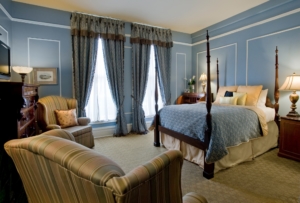
Guests can bask in the warm glow of the only indoor wood-burning fireplace in Denver, and then take the vertical railway up to their private rooms, riding in original elevator cars that date to the building’s opening. Each room pays tribute to history in its own way, sporting Victorian, French or Art Deco designs. “That’s largely due to our chief architect, Mike Michna,” notes Oxford Director of Sales and Marketing Amy Stansbery. “He has done all the renovations himself and has been here for 30 years. He really, truly designs all of the rooms, the layouts, himself.”
The Sage Group continues the Oxford’s commitment to technological advances, particularly when it comes to caring for the environment. During the 2009 renovations, Sage installed a heating and cooling system so efficient, it won a Leader in Energy Efficiency in Lodging award from Trane manufacturers. The hotel uses a system to treat water with UV rays and other technology, so no harsh chemicals are used that could eventually leach into the larger water supply or environment. As Stansbery notes, “We are a very old building, but we have a very efficient hotel.”
Business travelers tied to tablets and smartphones will be pleased to know that no other hotel in Denver uses the same next-generation internet cabling — the WiFi doesn’t just seem lightning-fast, it is. The Oxford Hotel is planning for the future, currently building a sister property within Union Station itself during the station’s renovation — the new hotel will open sometime in 2014. “Since it’s a brand-new hotel within the station, it will be very modern and unique,” notes Stansbery.
The Sage Group continues to stay true to the hotel’s history, preserving its historical details while continuing to offer guests every modern convenience. Guests are greeted in the lobby by the sight of antique furniture, sourced from the hotel’s own collection, and the sounds of a live canary singing a tribute to the miners who first built Denver and this hotel. The Oxford offers travelers a chance to step back in time while still enjoying the comforts of 21st-century living, making it Denver’s most luxurious landmark.
Says Stansbery, “It’s not just laying your head somewhere and spending the night. It truly is a beautiful experience; there’s no other hotel like it.”

